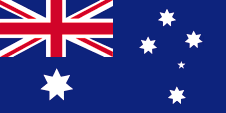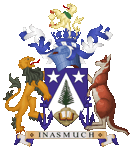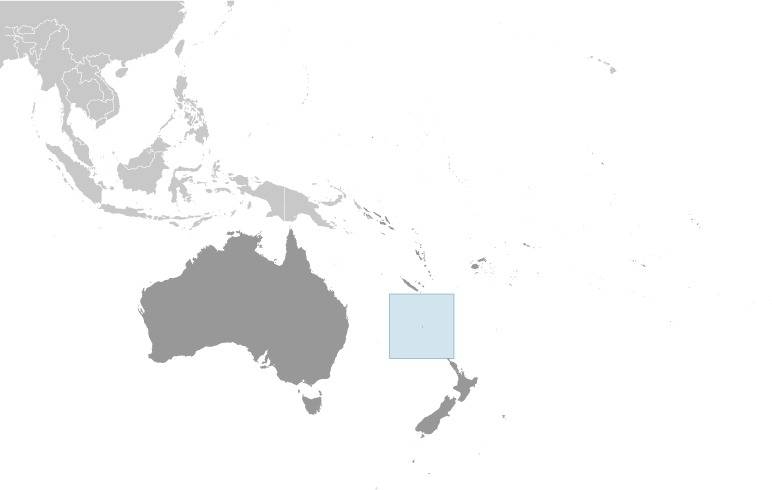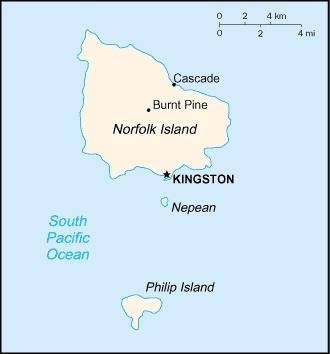mobile View, to the German Version tap the flag


- Norfolk Island
- possession of Australia
- own name: Territory of Norfolk Island
• Flag
• Historical Flags
• Meaning/Origin of the Flag
• Coat of Arms
• Meaning/Origin of the Coat of Arms
• Map
• Numbers and Facts
• History
• Origin of the Country's Name

since 1980,
National flag,
ratio = 1:2,
Source, by: Wikipedia (DE)







1788–1914,
Flag of United Kingdom,
ratio = 1:2
Source, by: Wikipedia (EN)






1914–1980,
Flag of Australia,
ratio = 1:2,
Source, by: Flags of the World






The flag was adopted on 11th of January in 1980. It shows three vertical stripes of green, white and green in the ratio 7:9:7. The tree in the middle is a Norfolk fir, a plant species found only on this island. It first appeared on the island's seal in 1856. The green in the flag appears to be defined as Pantone 349.
Source: Flaggen Enzyklopädie, Wikipedia (DE), Wikipedia (EN)


since 1980,
Coat of arms of Norfolk Island,
Source: Squiresy92 including elements from Sodacan,
CC BY-SA 4.0, via Wikimedia Commons

The arms of Norfolk were granted and established by Elizabeth II. on 20th of October in 1980. It shows a blue escutcheon with an inset white peak, on which is a natural coloured mountain with a green Norfolk fir and an open book. Two white five-pointed stars appear to the left and right of the peak. Above the shield appears a helmet with a blue crown, with a white and blue torse and blue and white helmet covers. Above the crown appears the crest, a golden lion. Supprters are a lion and a kangaroo, each standing on a blue anchor. The motto on the banner reads: "INASMUCH", the first word in the island's anthem.
Source: Wikipedia (DE)

Location:

Source: CIA World Factbook
Map of the country:

Source: CIA World Factbook

Area: 13,3 square miles (including the uninhabited islands of Nepean and Philip)
Inhabitants: 1.748 (2016), (Europeans and Polynesian mixed, divided into Mainlanders and Islanders)
Religions: 30% Anglikan, 13% Roman Catholic, 10% Protestant, 25% Non-Religious
Density of Population: 131 inh./sq.mi.
Main Place: Kingston, 341 inh. (2016?)
official Languages: English, Norfuk (mixture from Tahitian and English)
Currency: Australian currency
Time Zone: GMT + 11 h
Source: Wikipedia (D)

1774 · discovery by the British seafarer James Cook
1778 · appropriation by United Kingdom, affiliated to New South Wales
1788–1814 · British penal colony
1825–1855 · British penal colony
1844 · affiliated to Tasmania
8th of June 1856 · resettlement of 190 descendants of the "Bounty Mutineers" (now named "Islanders") from Pitcairn Island
1st of November 1856 · Norfolk becomes an autonomous independent territory of New South Wales
1858 · 16 Pitcairn-Islanders return from Norfolk to their island
1864 · four further families of Pitcairn-Islanders return from Norfolk to their island
1897 · abolition of the autonomy rights
1st of July 1914 · Norfolk Island becomes an Australian territory
1976 · attempts to annex Norfolk Island directly to Australia fail in the embittered resistance of the islands's residents
10th of August 1979 · Norfolk Island Act, again granting of autonomy rights
Source:
Wikipedia (EN),
World Statesmen

The name "Norfolk" was given to the island by James Cook some times after the discovery. He awarded the name in honour of Mary Howard, Duchess of Norfolk.
Source: Wikipedia (D)


![]()














